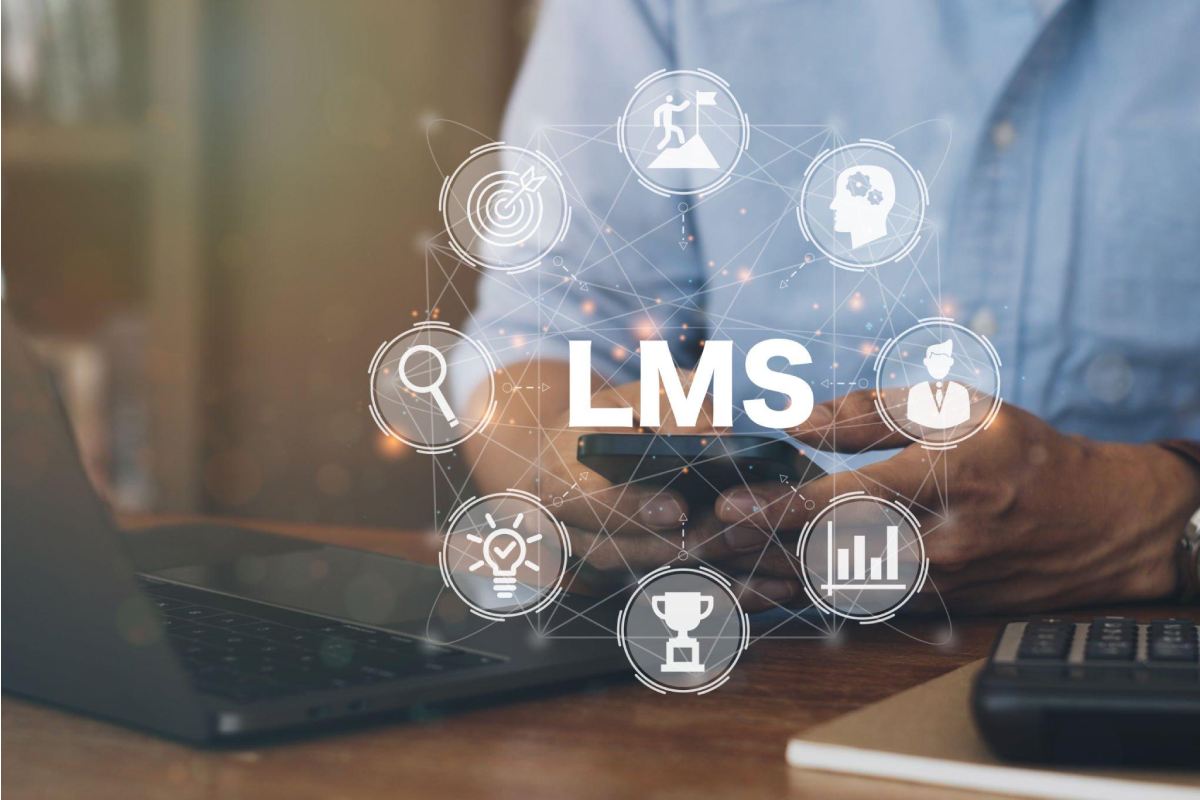Students who grew up in the pandemic era admired an LMS because of the belief that it is the only thing they would ever need. After all, it has a learning portal where teachers can take classes and upload recorded versions, a chat box to clear doubts and communicate admission portals, attendance management software, and many other technical functionalities to assist their day-to-day learning activities.
However, a learning management system and what it includes depends on the institution’s goals. For example, if an institution prioritizes academic learning over activity-based learning, its key features would be subject oriented than an activity-based system stressing interaction and communication levels for learning.
A few things institutions consider are;
- Safety and privacy concerns.
- Student and teacher information about technology.
- The main learning methodology is utilized.
- Mode of learning.
Before diving deep into key features, we should have a deeper understanding of why institutions still need a learning management system despite the pandemic being almost over.
Table of Contents
What is the learning management system?
And why do we need it? Some students and even teachers wonder why an LMS is still integral to maintain. Classes are back to normal, so why not switch back to traditional means of learning? That’s because automation and mechanization of everyday school activities have made the stakeholders of an institution realize how it can benefit their school. No more manual work from teachers, they can store data online, refer to it and pull out learning resources whenever they want, and even record their classes to provide lesser revision classes.
So, by definition, a learning management system is a portal that forms the base of every institution. It further connects to other portals like a student information system, admission portal, attendance portal, and so much more.
Guided learning and LMS
The concept of guided learning is simple. It deals with including an electronic system, as alien as a learning management system, in the lives of students to make education more fun and accessible. They are guided by not only individuals but also software that has almost every feature available. Even when immediate help is not available in the form of a teacher, they can refer to the sources or other students over an LMS.
However, without the help of educators, and their integration with the system, guided learning remains undone. A complete automatic online course does not follow a guided learning system, but a hybrid class system with regular teacher interaction and overlooking guided learning.
Types of learning management Systems
Depending on the requirement of an administrator, educator, or instructor, they need three different types of LMS;
- Commercial
- Proprietary
- Cloud-based
- Key features
- Student data tracking
Not just student data and LMS is also supposed to record their attendance and inputs of teachers. They might have separate divisions for curriculums, syllabi, assignments, etc. However, all of this data is constantly recorded over an academic session. They are used for referencing letters, tracking student progress, and formulating learning methodologies according to them.
Notifications
No use in having a learning management system that simply records data and does nothing with it. As teachers schedule classes or upload homework, LMS can inform students by alerting them through notifications. These notifications are also received for pending assignments, mistakes, comments added by teachers, meetings that they are summoned to, and so much more.
Centralized resource management
It acts like an online library because teachers upload the notes from every class, book references, and practice sheets that can be accessed by all students.
Learning and assessment tools
These improve student performance because they have uploaded test sheets. A learning management system should support exam engines also while giving valuable feedback for students to know where they went wrong and how they can improve.
Curriculum and schedule tools
Organize syllabus, and everyday tasks, and remind students so they never miss out on any class or activity.
Conclusion
Learning management systems are here to stay. They have already made an irreplaceable impact in the lives of every student, teacher, parent, and multiple stakeholders of the institution. Just like it is impossible to function every day without the Internet and our mobile phones, getting involved in educational activities without using an LMS is also near impossible.

